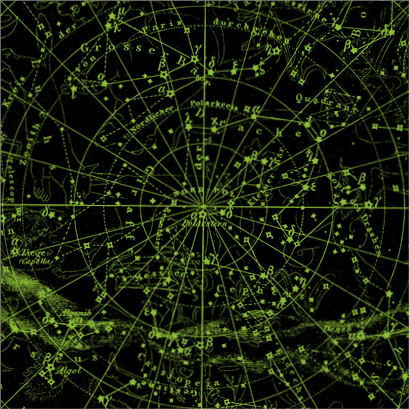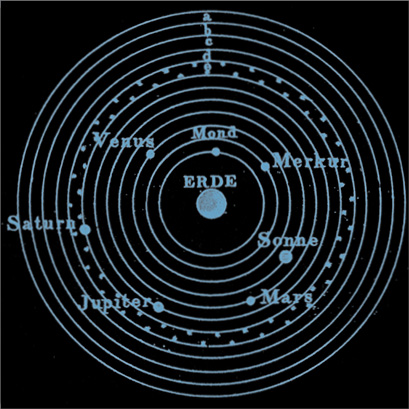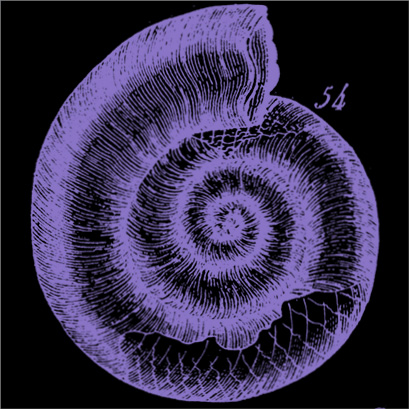The Vision Series 3: Geography
THE VISION SERIES![]() A GBD MICROSITE
A GBD MICROSITE

“The peculiar value of geography lies in its fitness to nourish the mind with ideas and furnish the imagination with pictures.”
Charlotte Mason
![]()
FACTS ABOUT VISION: Staring at a Computer Can Tire Your Eyes
If you’ve ever noticed that your eyes feel heavy or overly dry after looking at a computer screen for too long, there’s a simple explanation. When you look at a computer, you actually blink less. In short spurts, you may not even notice this. But if you stay in front of the screen for long enough, your eyes will begin to dry out. This will leave them feeling heavy and tired. Spending too much time looking at a computer screen can actually lead to vision problems. Computer Visions Syndrome can lead to blurred or double vision, dry, itchy red eyes, and even headaches or neck pain. If you’re able to, reducing the amount of time you spend in front of a computer screen is a simple way to reverse the effects of Computer Vision Syndrome. But if you work on a computer or otherwise can’t avoid it, there are other ways to combat the symptoms. One way is called the 20-20-20 tactic. For every 20 minutes that you spend looking at a computer screen, you should spend 20 seconds focusing on something that is at least 20 feet away. [A]
![]()
BOOKS ABOUT EYES: “Eye of Newt and Toe of Frog, Adder’s Fork and Lizard’s Leg: The Lore and Mythology of Amphibians and Reptiles”
by Marty Crump, University of Chicago Press, 2015
Frogs are worshipped for bringing nourishing rains, but blamed for devastating floods. Turtles are admired for their wisdom and longevity, but ridiculed for their sluggish and cowardly behavior. Snakes are respected for their ability to heal and restore life, but despised as symbols of evil. Lizards are revered as beneficent guardian spirits, but feared as the Devil himself. In this ode to toads and snakes, newts and tuatara, crocodiles and tortoises, herpetologist and science writer Marty Crump explores folklore across the world and throughout time. From creation myths to trickster tales; from associations with fertility and rebirth to fire and rain; and from the use of herps in folk medicines and magic, as food, pets, and gods, to their roles in literature, visual art, music, and dance, Crump reveals both our love and hatred of amphibians and reptiles—and their perceived power. In a world where we keep home terrariums at the same time that we battle invasive cane toads, and where public attitudes often dictate that the cute and cuddly receive conservation priority over the slimy and venomous, she shows how our complex and conflicting perceptions threaten the conservation of these ecologically vital animals. [B]
Please use the thumbnails below to navigate through this section of the site.
[A] The facts above are from the Magruder Eye Institute.
[B] The books noted are from a list by BiblioVault.















